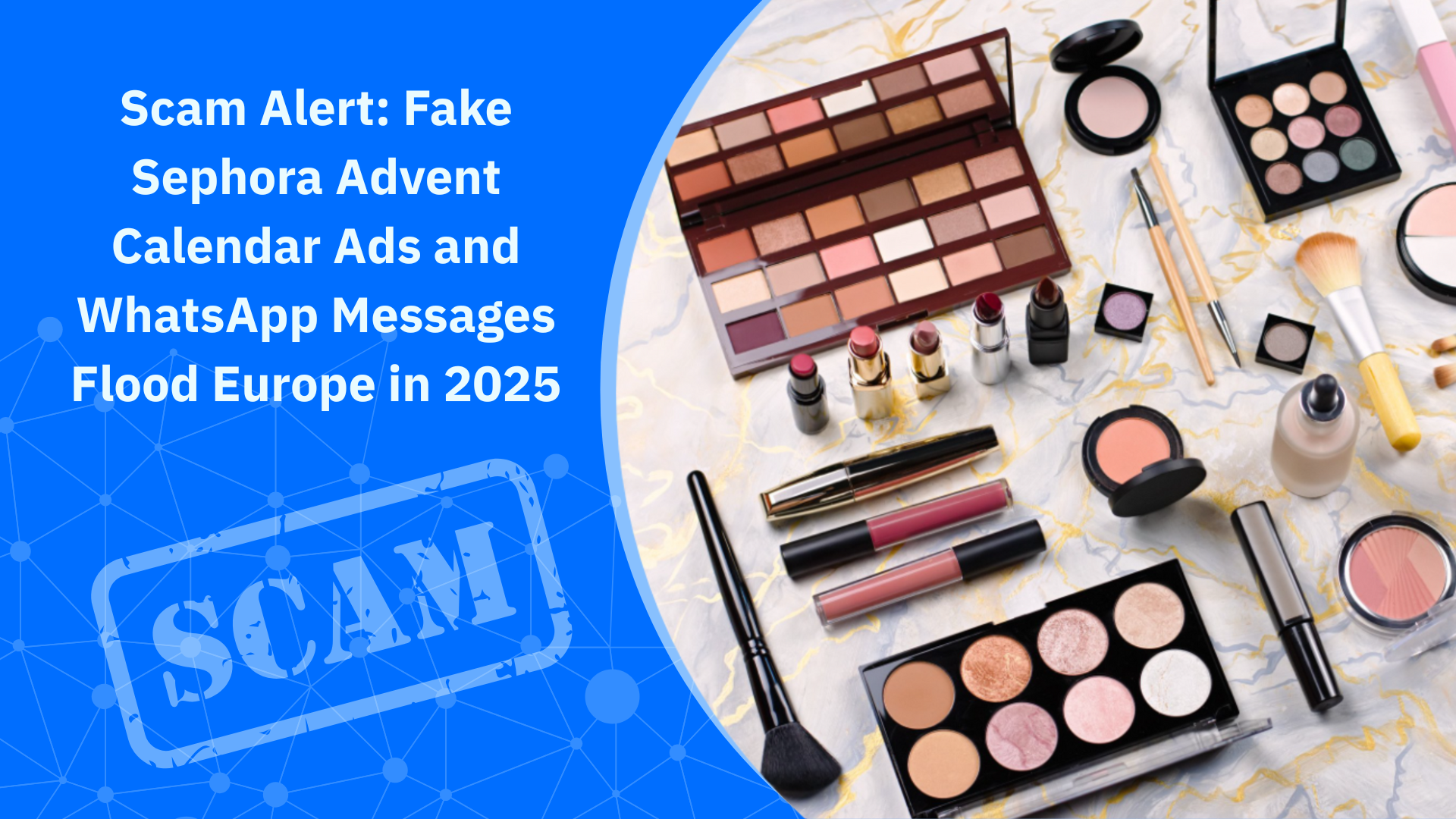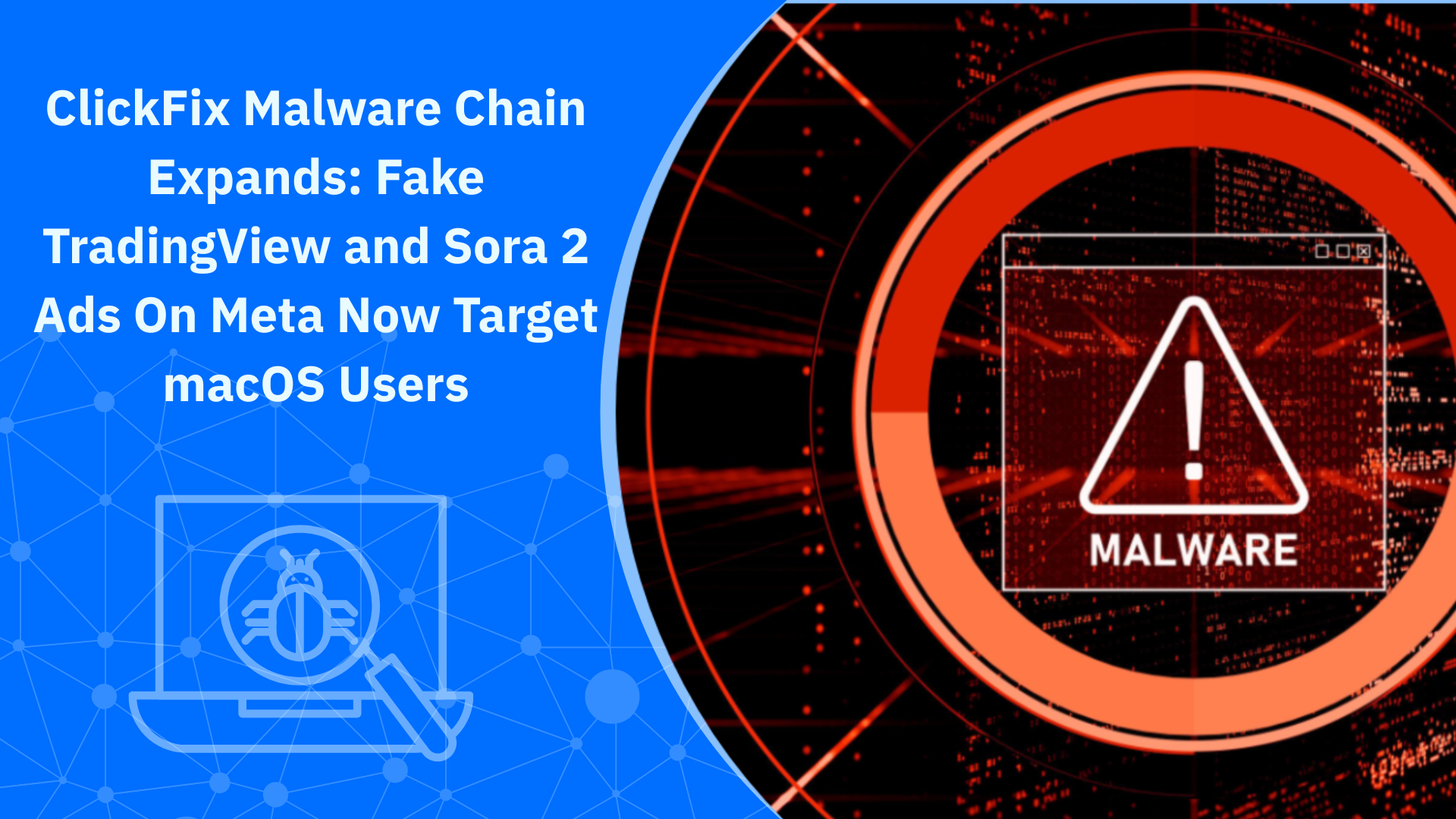How to Check Who Owns an Email Address And Protect Your Business from Scams

Every day, more than 350 billion emails are sent and received worldwide* — and not all of them come from who they claim to be. If you're running a business, you're likely getting dozens, if not hundreds, of emails a day. Some are from customers or partners, but others may come from cybercriminals trying to trick you into clicking, downloading, or transferring money.
In this article, you'll learn how to check who's behind an email address — whether you're trying to verify a new client, a strange invoice, or someone pitching a collaboration and what tools protect your inbox automatically.
Why Should You Check Who's Behind an Email?
Before clicking, replying, or sharing sensitive information, it's worth confirming that the sender is legitimate. Verifying email addresses isn't just about avoiding spam — it's a safety practice that protects your business from fraud, data loss, and reputation damage.
Avoid Business Email Compromise (BEC) Scams
Cybercriminals often impersonate CEOs, suppliers, or customers to trick you into wiring money or handing over sensitive data. This is known as Business Email Compromise (BEC) — and it's one of the most financially damaging types of cybercrime. These emails often look convincing, using familiar names or domain names with small changes that are easy to miss. If you don't verify the sender, it's easy to get caught off guard.
Related:
- How to Prevent or Recover from A Business Email Compromise (BEC) Attack
- Train Your Team to Recognize and Stop BEC Scams
Stop Phishing Attacks Before They Happen
Many cyberattacks start with a simple phishing email — pretending to be a trusted contact or service. These emails often contain links to fake websites or attachments that install malware. By checking the email address owner, you can spot warning signs early and reduce the chance of falling for the bait.
Related: Email Scams: How to Spot, Avoid and Report Them
Clean Up Your Sales and Contact Data
Accurate email data also matters for your marketing, outreach, and customer relationships. Verifying addresses ensures your messages reach real people and keeps your contact lists tidy and cost-effective. It also prevents bounce-backs, improves deliverability, and helps you build trust with your audience — especially when nurturing leads or promoting offers.
Related: 7 Tips to Master Inbox Zen
Protect Your Business Reputation
Responding to or forwarding fake emails can make your business look unprofessional or careless — especially if clients or partners are affected. Worse, if your email account gets compromised, it can be used to send scams to others in your name. Taking time to verify senders helps safeguard your brand's reputation and shows that your business takes cybersecurity seriously.
Related: How to Check If Your Business Is Affected by a Breach (And What to Do if It Is)
How to Check Who Owns an Email Address
Here are practical ways to investigate a suspicious or unknown email address:
1. Search the Email Address Online
Paste the address into Google, Bing, or DuckDuckGo. You might find it listed on a website, social media profile, forum post, or directory. This is a quick way to connect the dots and see if the email is linked to a real person or business.
2. Use Social Media for Clues
Try entering the email address in Facebook or LinkedIn's search bars. Some professionals list their contact info publicly. If nothing shows up, search for the sender's name or domain to spot inconsistencies.
3. Look Up the Domain
If the email ends in a company domain (like @companyname.com), you can search for that company online. Does it look legitimate? Does the name match the sender's signature or website? If in doubt, call the company directly using the number listed on their official site.
4. Check the Email Header for the IP Address
Every email has a "header" containing technical information — including the IP address it was sent from. You can use tools like WhatIsMyIP.com to trace where that IP is located. Just keep in mind that this method isn't foolproof — hackers often use VPNs to hide their true location.
5. Use WHOIS Lookup for Domain Info
Tools like ICANN Lookup or WHOIS.com let you check who registered a domain name and when. This is helpful if you're unsure whether a website or domain behind an email is real or newly created (a red flag for scams).
6. Try Email Verification Services
Online tools like Hunter.io, ZeroBounce, or MailTester can confirm whether an email address is valid and active. They can't always tell you the person behind the email — but they help you avoid sending messages to non-existent or fake addresses.
7. Use a Browser Extension
Extensions like FullContact or Clearbit can pull extra details about an email sender straight from your inbox — including name, company, social profiles, and more. They're especially useful if you often receive cold emails or work with external partners.
8. Use a Reverse Email Lookup Tool
Paid services like Spokeo or BeenVerified gather public records, social media info, and other online traces to help identify who's behind an email address. While not always accurate, they can be useful for spotting fake identities or confirming professional contacts.
9. Ask the Source
Sometimes, the simplest approach works best. If an email claims to come from a business you recognize, visit the company's official website or call them directly — using a phone number you find independently, not one in the email.
Related: How Scammers Trick You into Compromising Your Own Security—and How to Stop Them
What If You Don't Have Time for All This?
Manually checking every suspicious email can eat into your workday — especially if you're running a small business or managing a team. That's where smart tools come in.
Instead of doing detective work every time an email seems off, let Bitdefender's AI-powered protection do it for you. Its built-in Email Protection scans for phishing links, malicious attachments, and fake sender addresses. And its Scam Copilot helps spot suspicious behavior and guides you through safe actions — so you don't have to second-guess.
Here's what it helps you with:
- Detects and blocks scam emails before they land in your inbox.
- Flags impersonators and spoofed domains used in BEC attacks.
- Keeps your business data, accounts, and finances protected — even if staff miss a red flag.
Whether you're a solopreneur or leading a small team, this kind of protection saves you time, reduces risk, and helps you focus on your business — not scam emails.
Protect your inbox with Bitdefender Ultimate Small Business Security. Check out our plans for small businesses.
*Source: Statista, 2024
FAQs
How can I tell if an email address is real or fake?
You can start by Googling the email address, checking social media profiles, or using a verification tool. Look for warning signs like strange domain names, misspellings, or urgent language in the message. If it seems off, don't click on anything — take time to verify who sent it.
Can I find out who owns an email address for free?
Yes, in many cases. You can search the address online, look at the domain, or use free email verification tools. While paid services can dig deeper, basic checks like reviewing social media or doing a WHOIS domain search can give you useful clues.
What's the safest way to check a suspicious email?
Use a tool like Bitdefender Ultimate Small Business Security, which scans for phishing, blocks dangerous emails, and helps you spot scams. You can also look at the email header or ask the sender's company directly — using contact info you find independently.
Why should small businesses verify email senders?
Because most scams and data breaches start with just one email, verifying senders helps you avoid fake invoices, phishing links, and Business Email Compromise attacks. It's a simple step that can prevent major financial and reputational damage.
I replied to a scammer's email. Am I in danger?
Not necessarily — just replying doesn't always mean harm was done. But it depends on what you shared. If you clicked on a link, downloaded an attachment, or gave away sensitive information (like passwords or banking details), your business could be at risk. Change any compromised passwords right away and run a full security scan on your device. A tool like Bitdefender Ultimate Small Business Security can help detect threats early and guide you through the next steps.
tags
Author
Cristina is a freelance writer and a mother of two living in Denmark. Her 15 years experience in communication includes developing content for tv, online, mobile apps, and a chatbot.
View all postsRight now Top posts
How Kids Get Automatically Added Into WhatsApp Groups with Horrific Imagery Without Consent
November 24, 2025
Scammers Exploit Hype Around Starbucks Bearista Cup to Steal Data and Money, Bitdefender Antispam Lab Warns
November 18, 2025
Scam Alert: Fake Sephora Advent Calendar Ads and WhatsApp Messages Flood Europe in 2025
November 17, 2025
ClickFix Malware Chain Expands: Fake TradingView and Sora 2 Ads On Meta Now Target macOS Users
November 17, 2025
FOLLOW US ON SOCIAL MEDIA
You might also like
Bookmarks







